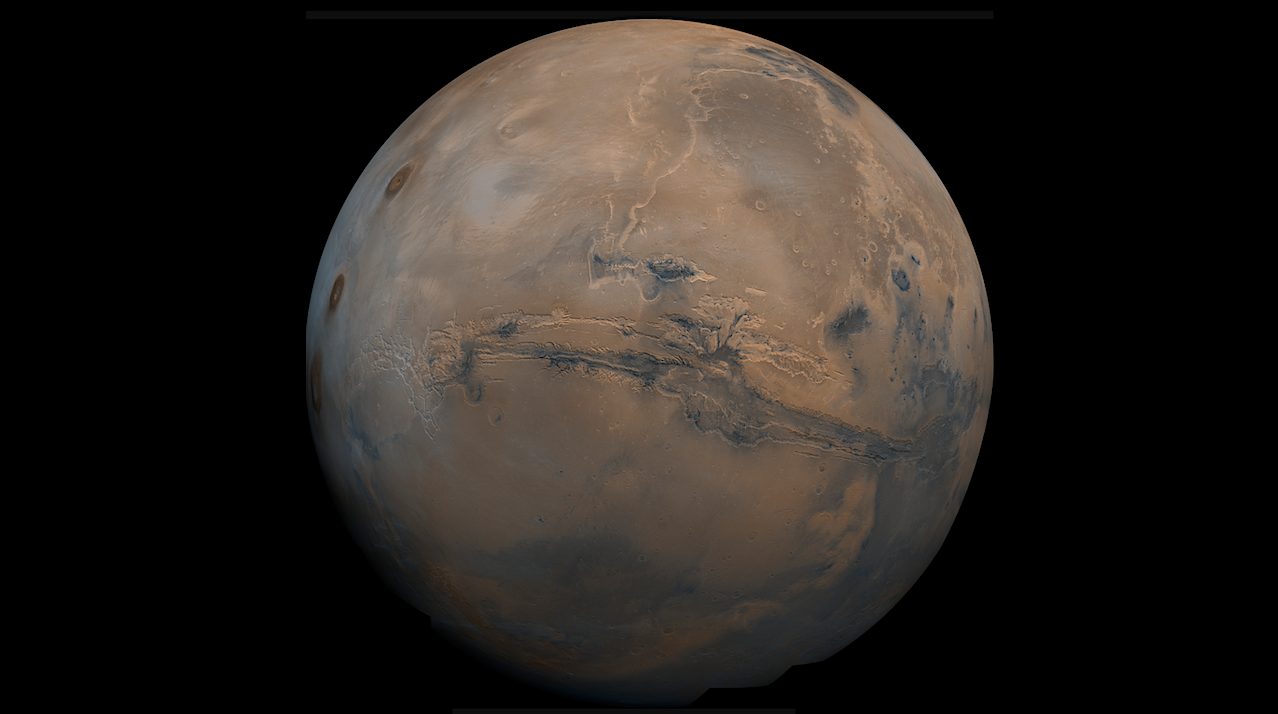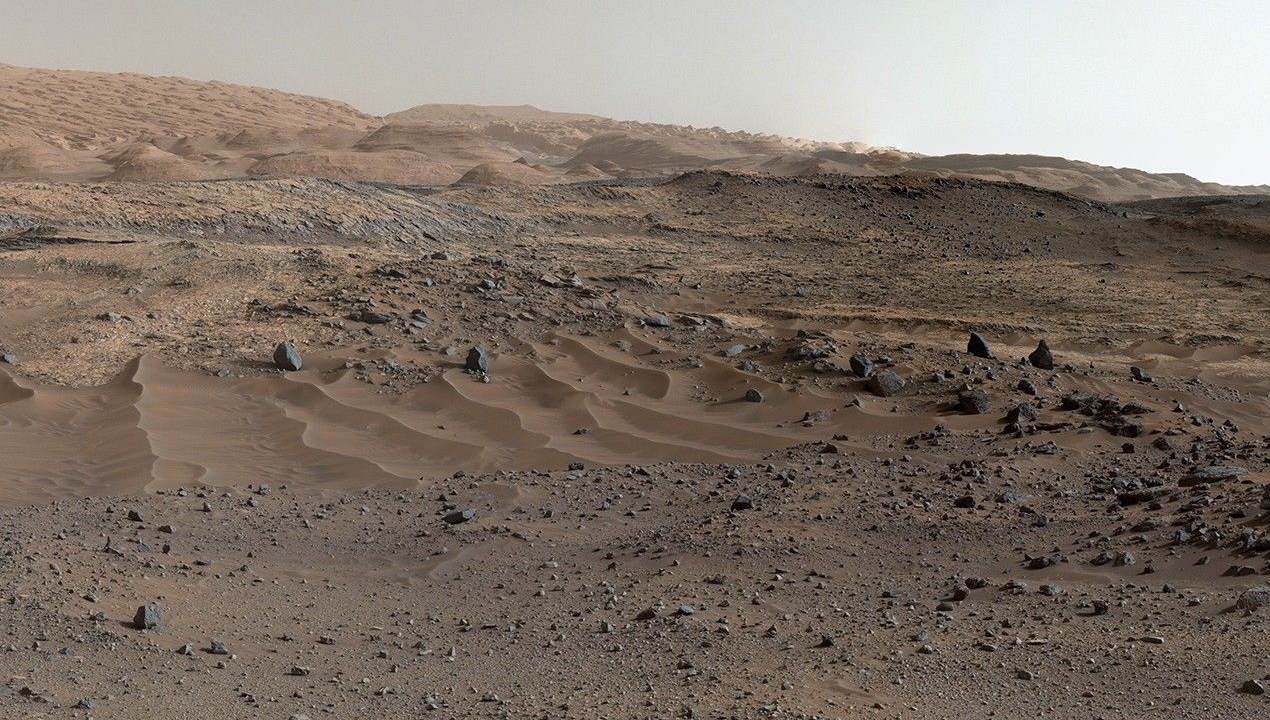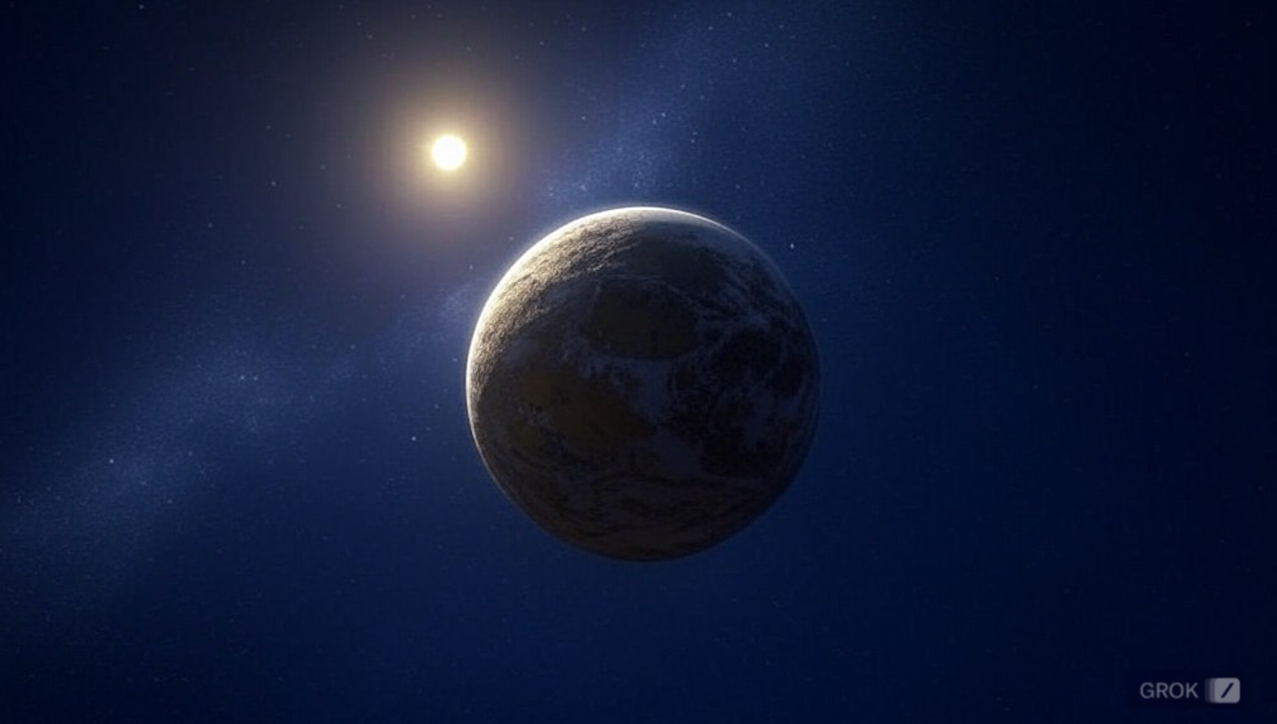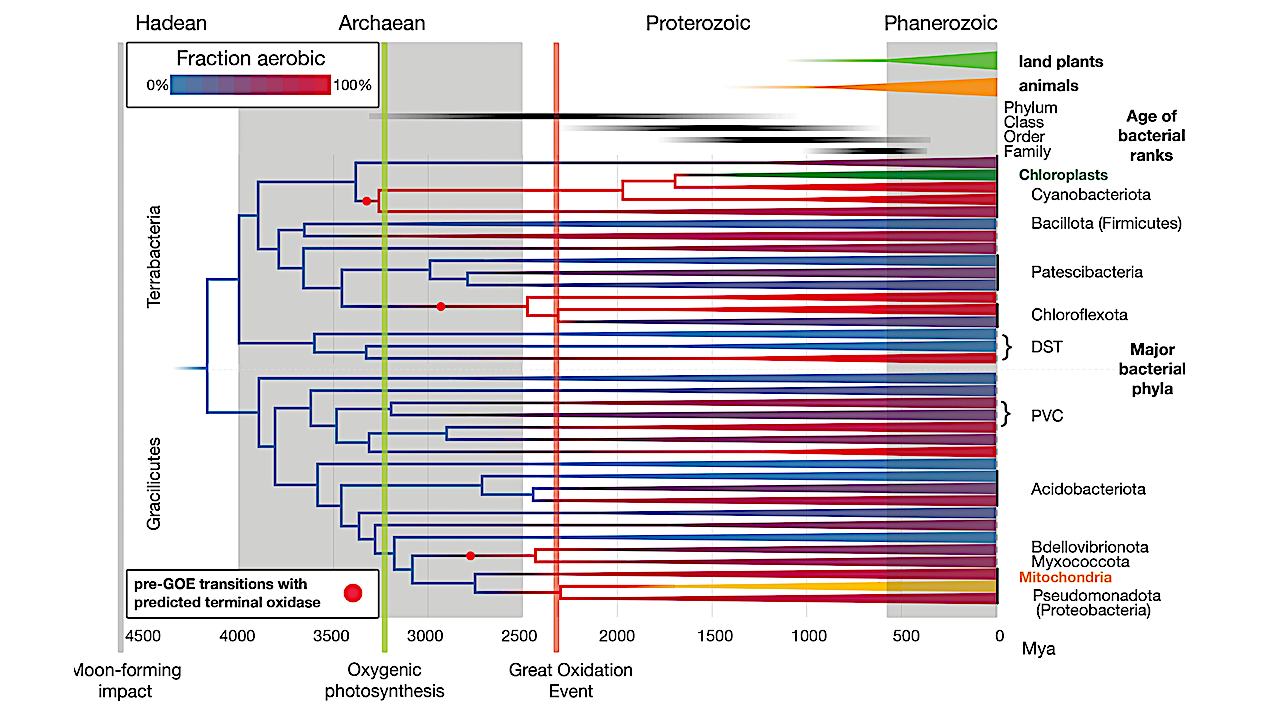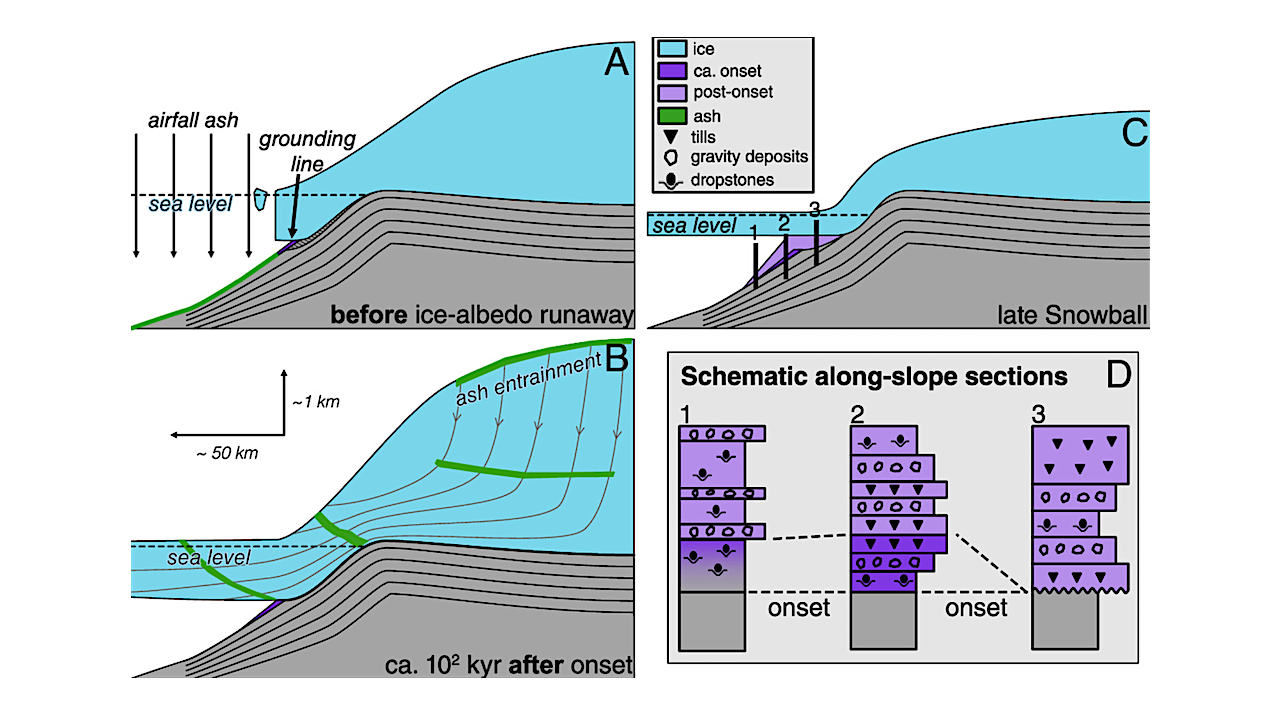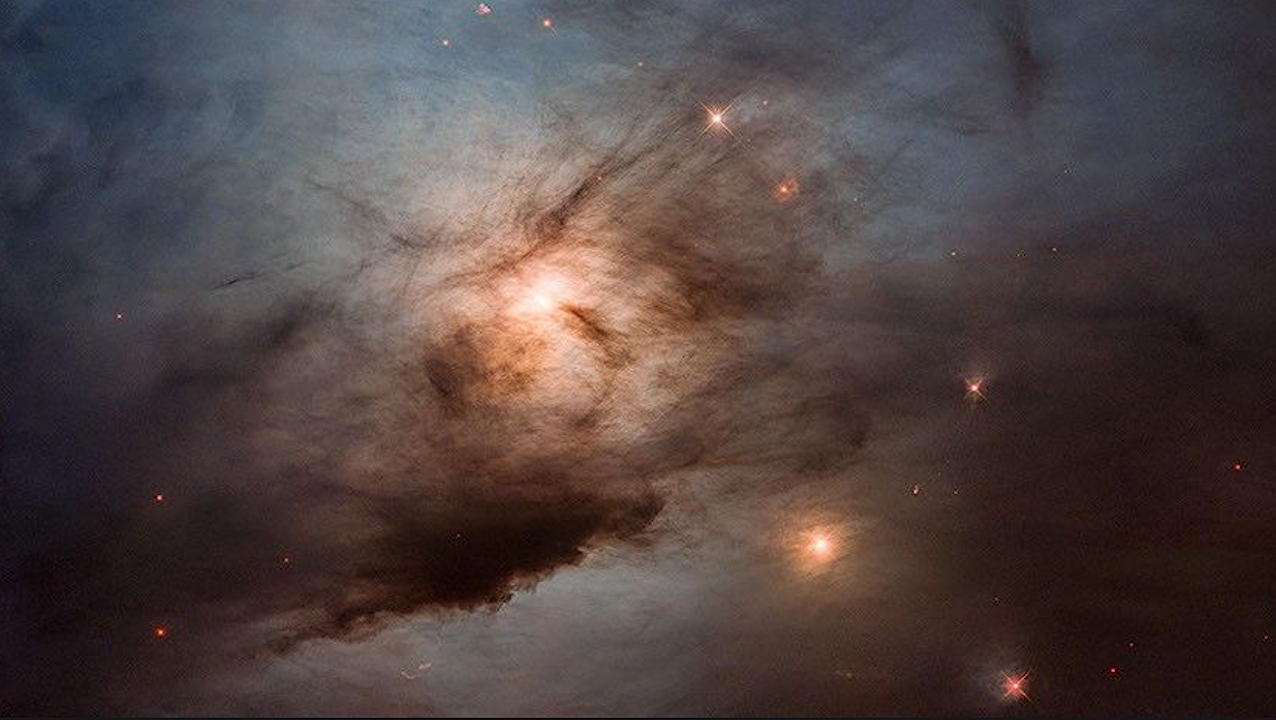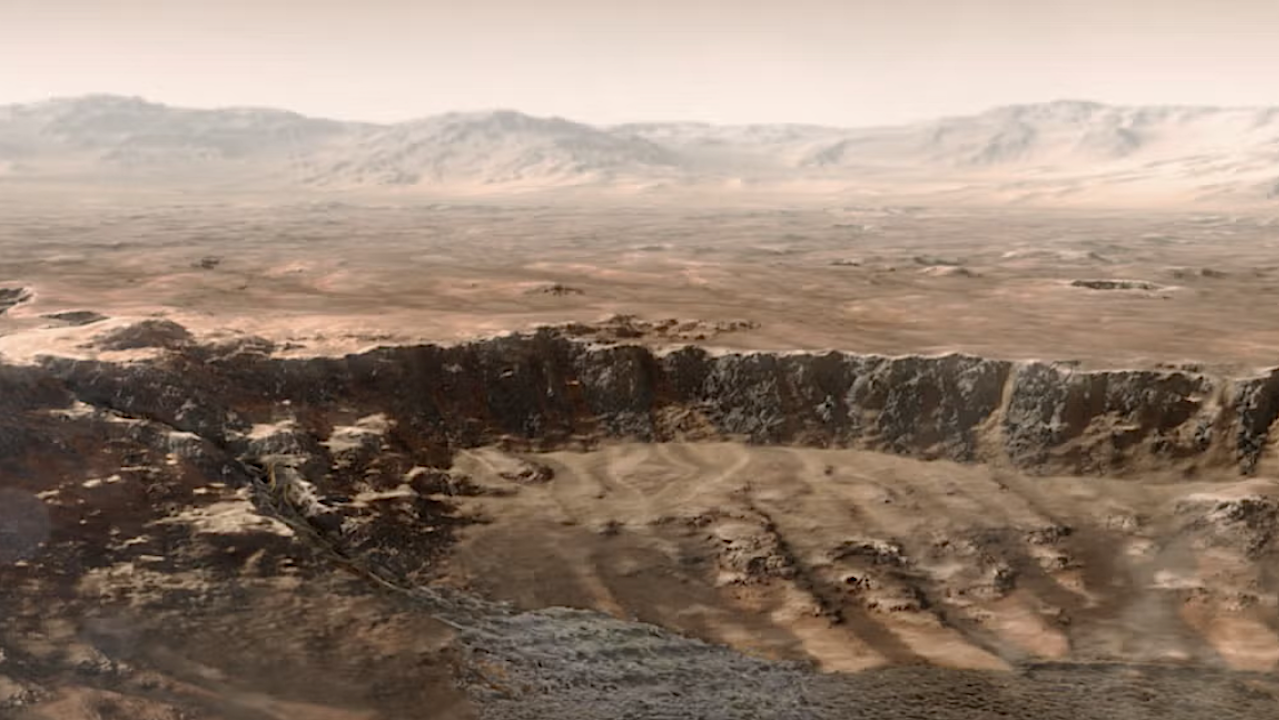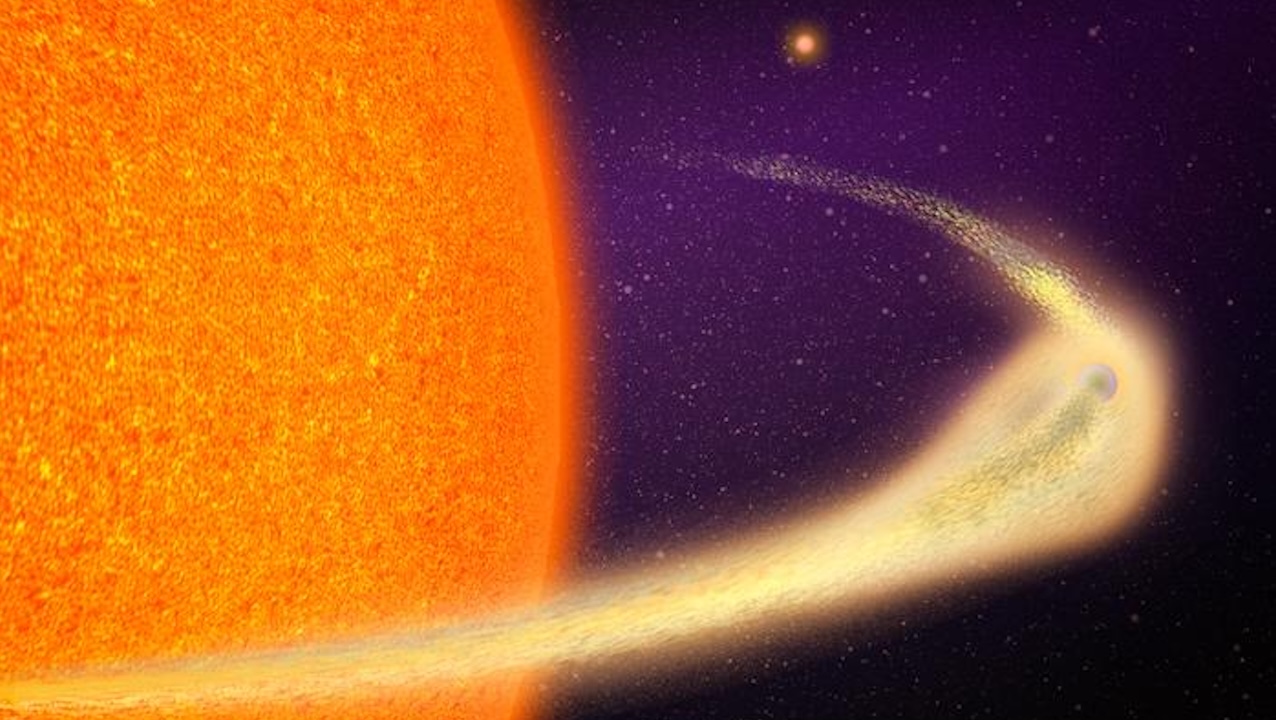Mars — NASA/USGS Around the equator, for example, vast networks of channels spread from Martian highlands, branching like trees and emptying into lakes and even, possibly, an ocean. NASA’s Perseverance
Astrobiology130- Page
Astrobiology Inspires and Enables Exploration — Astrobiology.com Astrobiology.com Editor’s note: the following white paper has been circulated by leaders of the Astrobiology community in March 2025. Please read through it
A southward-looking panorama combining images from both cameras of the Mast Camera (Mastcam) instrument on NASA’s Curiosity Mars Rover shows diverse geological textures on Mount Sharp. This work examines the
Experimental schematic of metagenomic libraries and screening. — Scientific Reports As we assess the habitability of other worlds, we are limited by being able to only study terrestrial life adapted
A small planet orbiting its host star – Grok via Astrobiology.com Future telescopes will survey temperate, terrestrial exoplanets to estimate the frequency of habitable (ηHab) or inhabited (ηLife) planets. This
An integrated approach to date bacterial evolution and reconstruct the history of oxygen adaptation. We inferred a bacterial timetree by integrating genomic, fossil, and geochemical data and linking oxygen tolerance
Idealized ice growth and stratigraphy at onset of snowball Earth. Note vertical exaggeration. (A) Marine-terminating terrestrial ice sheet with calving ice front prior to ice-albedo runaway into snowball glaciation. The
Photo of Nebula NGC 1333. The James Webb telescope detected interstellar ice there, which could be the origin of stars and planets. The study shows that this ice was apparently
Artist’s depiction of water rushing into Mars’ Jezero Crater, which billions of years ago was the site of a delta. (Credit: NASA/JPL-Caltech) Visit ancient Mars—a surprisingly temperate planet where snow
A disintegrating planet orbits a giant star. Credit Jose-Luis Olivares, MIT MIT astronomers have discovered a planet some 140 light-years from Earth that is rapidly crumbling to pieces. The disintegrating
-
 012024 in Review: Highlights from NASA in Silicon Valley
012024 in Review: Highlights from NASA in Silicon Valley -
 02Panasonic Leica Summilux DG 15mm f/1.7 ASPH review
02Panasonic Leica Summilux DG 15mm f/1.7 ASPH review -
 03How New NASA, India Earth Satellite NISAR Will See Earth
03How New NASA, India Earth Satellite NISAR Will See Earth -
 04Astronomy Activation Ambassadors: A New Era
04Astronomy Activation Ambassadors: A New Era -
 05And Thus Begins A New Year For Life On Earth
05And Thus Begins A New Year For Life On Earth -
06SpaceX launch surge helps set new global launch record in 2024
-
 07Space Force plans new ‘Futures Command’ amid pressure to speed up modernization
07Space Force plans new ‘Futures Command’ amid pressure to speed up modernization


